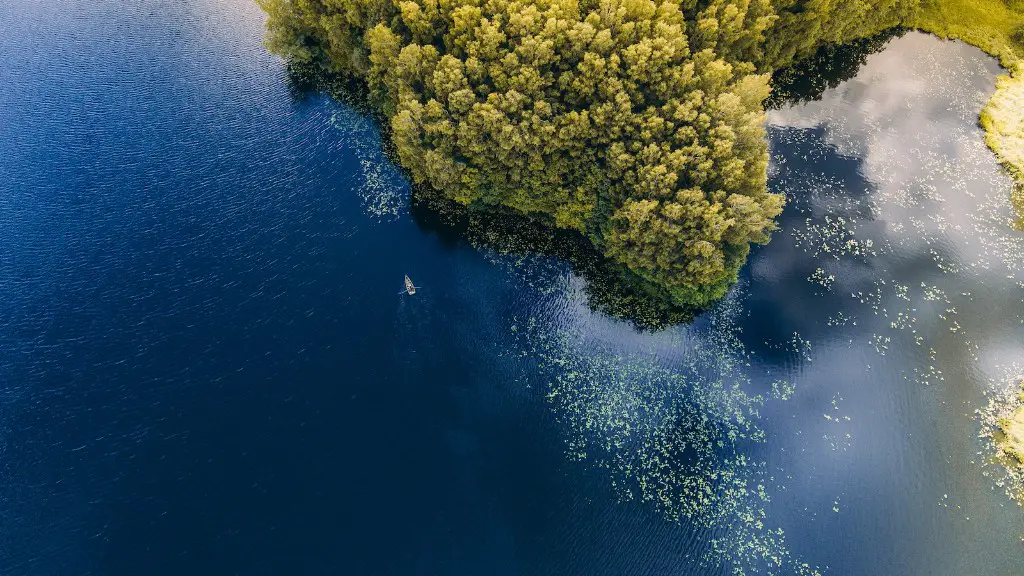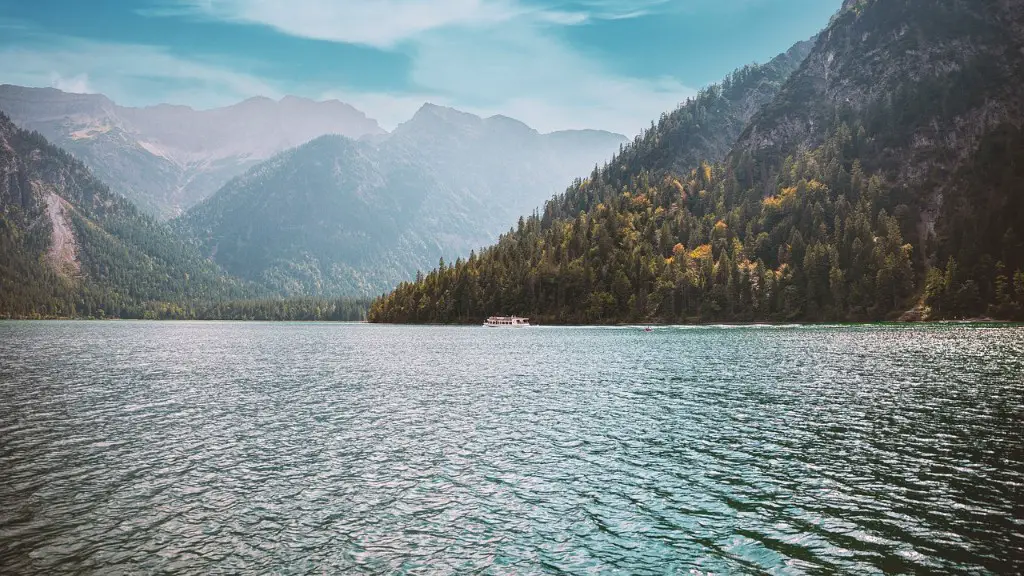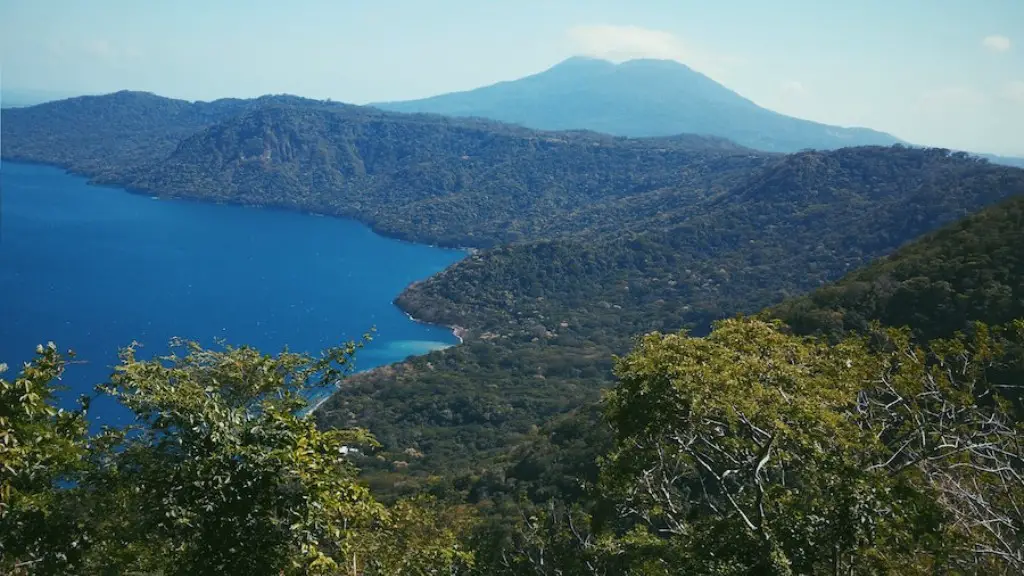What is Lake Malawi?
Lake Malawi is the ninth largest lake in the world and the third largest and second deepest in Africa. It is located in Southeast Africa, between the states of Malawi, Mozambique, and Tanzania. It has a total surface area of over 11,400 hectares and a maximum depth of 703 meters. Lake Malawi is a freshwater lake, with around 30 percent of its outflow ending up in the Indian Ocean.
What species does Lake Malawi contain?
Lake Malawi is home to a large number of species, both plant and animal life. It is noted for having a huge number of fish and other aquatic life, with over 500 species recorded, more than any other lake in the world. These fish are also unique to the lake, creating a huge diversity in the area. There are around 200 species of cichlid fish, of which more than half are endemic to the lake. There are also a wide variety of other species such as crabs, frogs and birds.
What is the ecology of the lake?
Lake Malawi is a very important area for biodiversity, both due to its species richness and because it encompasses many different habitats from the open waters to areas around the shoreline and inlets. The shallow areas are home to aquatic plants and macro-invertebrates, while habitats in the deep waters support large populations of pelagic-dwelling species. The aquatic vegetation serves as an important source of food for many species, and the lake is also home to multiple species of fish that feed on the organisms living in the lake.
What are the effects of human activity on the lake?
Lake Malawi is affected by pollution from a variety of sources, including agricultural run-off and industrial waste. This has caused the lake to become more acidic, which can have a negative impact on the species living in the lake. Overfishing is also a problem in the lake, as the local population relies heavily on the lake for sustenance. With more people looking to the lake for their food, the population of certain species are beginning to decline.
How do conservation efforts help the Lake?
Conservation efforts are being made in order to protect Lake Malawi and its inhabitants. Protected areas have been established, which control the amount of fishing that can take place in certain areas, and also limit other human activities such as mining and construction. The Malawi government is also involved in conservation initiatives, such as restoring fragmented habitats and promoting sustainable use practices.
What are the Economic Benefits of the Lake?
The lake also serves an important economic role, as it supports a number of industries and provides employment for the local population. Tourism is an important source of income, and is becoming increasingly popular as more people become aware of the lake’s unique species and habitats. Fishing is another major industry, as the large populations of fish present in the lake are of significant economic value.
What are the Challenges Facing the Lake?
Despite the efforts to protect the lake, it still faces a number of challenges. The effects of climate change and overfishing are having a significant impact, with species populations declining and the water becoming increasingly polluted. Additionally, there is a lack of knowledge on the part of the local population, which can lead to unsustainable practices and further harm the lake.
How can we help protect and maintain the Lake?
In order to ensure the sustainability of the lake and its inhabitants, it is important to ensure that the local population has access to the resources they need. Education programs can help to promote a better understanding of the lake and its importance, as well as encouraging sustainable practices such as fishing with nets, rather than fishing with poisons or dynamite. Additionally, it is important to ensure that any development around the lake is done responsibly, in order to reduce pollution and minimize the impact of human activities.
What is being done to protect and maintain the Lake?
Currently, there are a number of initiatives in place in order to conserve and protect Lake Malawi. The Malawi government has established a number of protected areas, which have been successful in reducing the amount of fishing and other human activities taking place in the lake. Additionally, various research and conservation initiatives have been launched in order to monitor populations and help protect the lake’s unique species.
What more can be done to protect the Lake?
In order to further protect and maintain the lake, it is important to ensure that sound management practices are adopted by both the government and the local population. This can include laws and regulations to prevent unsustainable practices, as well as fostering an understanding of the importance of conservation in the local population. It is also important to promote sustainable industries such as tourism, which can help to increase the economic activity in the area, while not threatening the lake’s ecosystems.


